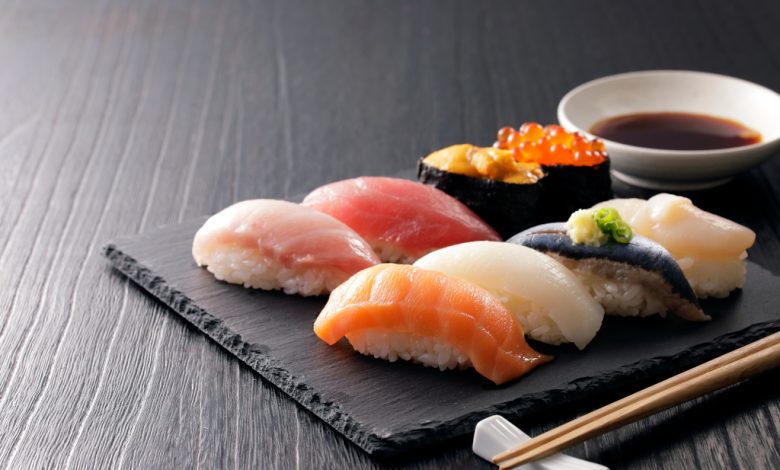Seating Arrangements At Japanese Restaurants: A Brief Guide

Japanese Culture is rich and unique, mainly because it’s a mix of traditional and modern practices. And Japanese restaurants are not an exception.
As soon as you walk into a Japanese restaurant, you are welcomed with a warm “Irasshaimase!” which means “welcome, please come in.” It becomes apparent that this is not a typical western eating experience.
But this isn’t the only difference; you may see that Japanese restaurants have a wide variety of seating arrangements that differ from restaurants in other countries.
So, in this post, we’ll look at the most common types of seating options you’ll encounter in a Japanese restaurant.
Seating Arrangements At Japanese Restaurants
• Counter Seating (Kauntaseki)
Bar or counter seating is the most common arrangement in all kinds of formal and informal dining establishments.
You can get them at fast-food chains like ramen shops or traditional kappo-style restaurants (a type of dining where the chef prepares your food in front of you).
Counter seatings are beneficial in several ways: Restaurants can accommodate more individual diners, the staff doesn’t have to set up entire tables, and it saves space.
• Table Seating (Teburuseki)
Many restaurants in Japan offer Western-style tables, which is common in both casual and formal restaurants. There may be a large central table at casual and fast-food restaurants such as ramen shops and cafeteria-style eateries, which a few people can share at a time.
If you find a table shared by a group of people, it’s polite to greet the other diners with a nod before taking a seat.
• Booth Seating (Būsuseki)
Due to western influence, Japanese restaurants also offer booth seating, including a table with benches on either side.
Booth seating arrangement is commonly found in casual dining places like curry shops, family restaurants, and izakaya. Restaurants specializing in group dining will have booth seating so that everyone can share from the same grill or pot.
• Tatami Seating (Zashiki)
Zashiki is a popular Japanese restaurant sitting arrangement that consists of a low table on tatami mats. You can find this arrangement in traditional Japanese restaurants like izakaya and kaiseki cuisine establishments.
Tatami seats can be found in a private dining room or a part of an open dining room. When dining at a tatami seating, you’ll be expected to remove your footwear before stepping onto the tatami.
• Lowered Floor Seating (Horigotatsu)
Horigotatsu is a seating arrangement where the table is low to the ground and has a recessed floor beneath it, so it’s like sitting on a chair! Diners can sit on a tatami flooring.
This seating arrangement is common in traditional Japanese restaurants that offer group dining.
• Heated Table Seating (Kotatsu)
Kotatsu is a heated table found in Japanese homes and sometimes restaurants. An electric heater is placed beneath the table covered with a quilt, which helps keep the heat in.
The table is placed over the quilt as a surface for eating, drinking, or working. Nowadays, kotatsu is less common in homes due to other heating methods. However, there are still some restaurants that offer kotatsu for a traditional experience.
• Private Seating (Koshitsu)
You can find private dining rooms in various types of restaurants in Japan. This seating arrangement is ideal for gatherings, business dinners, and private parties, as it helps to avoid disturbing other diners.
Conclusion
Japanese restaurants have a range of seating arrangements that are very different from those in other countries. Things like these make Japan a unique and fun experience for visitors where they may enjoy not only themselves but also learn a great deal about Japanese culture.
Besides learning about the different aspects of everyday Japanese life, you can also Learn Japanese Online by reaching out to Oku Sensei’s Japanese and looking at their Japanese semester courses.




